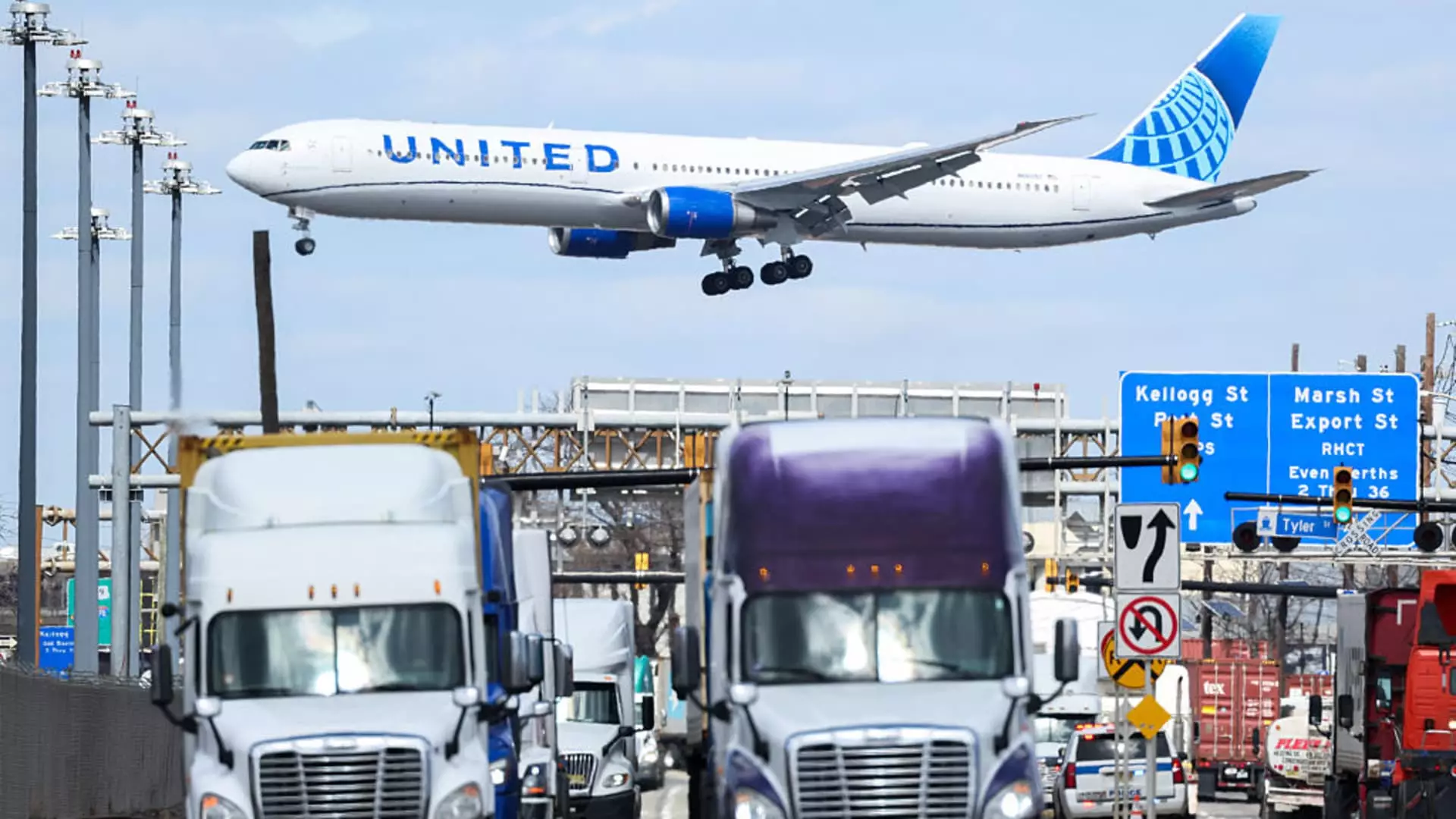United Airlines is embarking on a pivotal course correction this summer, aligning its operations to the shifting currents of travel demand. In a decisive move, the airline has announced a 4% reduction in domestic flight capacity starting in the third quarter, a direct response to disappointing trends observed in U.S. travel. This strategic shift highlights not just a reactive stance to current market conditions but also reflects an unyielding optimism in international travel, where demand remains robust. This bifurcation in travel trends underscores a crucial pivot point for airlines, as they navigate the complexities of current economic challenges.
Resilience Against Economic Headwinds
Despite facing obstacles—including fluctuating consumer sentiment propelled by geopolitical tensions and economic uncertainties—United demonstrated resilience in its latest earnings report. Reporting a profit of $387 million or $1.16 per share in the first quarter, the airline has emerged from a trailing loss during the same period last year. Notably, adjusted earnings surpassed Wall Street’s expectations, driven by a surge in premium-cabin bookings and a notable increase in international travel demand. Revenue reached $13.21 billion, reflecting a more than 5% increase compared to the previous year, albeit slightly missing analyst forecasts. This indicates that United is strategically positioning itself to cater to travelers willing to invest in higher-quality experiences, thus revealing a keen business acumen that could set the company apart from its competitors.
Embracing Premium Experiences Amidst Market Uncertainty
The trend towards premium offerings is telling—a reflection of consumer behavior where travelers increasingly prioritize comfort and quality over cost. Particularly in challenging economic climates, consumers often seek value in experience, which explains why U.S. domestic travel metrics have dwindled while international flights prosper. Airlines like United and its competitor Delta Air Lines are capitalizing on this shift, investing in higher-end products and services. This dual-focus strategy is increasingly appealing to those who can afford it, creating a lucrative niche even as budget-conscious travelers pull back amidst economic fears.
The Outlook Amidst Aeronautical Instability
While United has refrained from updating its full-year earnings guidance significantly, it maintains an optimistic outlook for adjusted earnings per share. With projections still hovering between $11.50 and $13.50, the airline’s leadership seems confident in executing its strategy despite potential external economic factors. In a period of uncertainty, United has recognized the risks and positioned itself to mitigate them—asserting that in a recession scenario, earnings could stabilize between $7 and $9 per adjusted share. This foresight and adaptability signify a proactive management approach, demonstrating that United is poised to weather economic storms with calculated adjustments.
In essence, United Airlines exemplifies a company that is not merely reacting to the present climate but is actively sculpting its future by honing in on lucrative market trends. Through reducing domestic capacity while bolstering its international offerings, the airline is crafting a pathway to profitability that adapts to intricate consumer behavior dynamics, positioning itself favorably for upcoming challenges and opportunities.


Leave a Reply